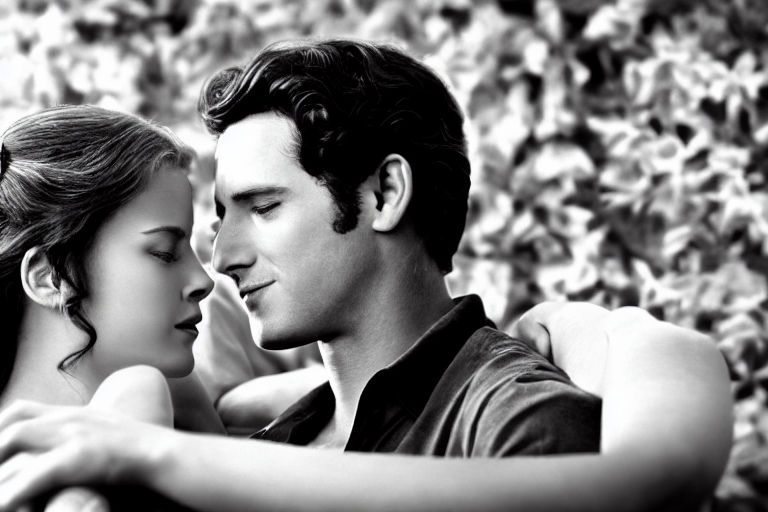The Full Moon Explained: 12 Surprising Facts, Myths, and Effects
The full Moon is one of the sky’s most familiar sights. It has inspired art, folklore, and science for centuries. In this guide, you’ll find 12 surprising facts, a quick debunk of common myths, and a clear look at the real effects the full Moon has on Earth and life.
12 Surprising Facts About the Full Moon
- The full Moon occurs when the Moon is opposite the Sun, so the entire near side is illuminated for observers on Earth.
- It repeats roughly every 29.53 days, giving about 12 to 13 full Moons each year.
- The Moon’s distance from Earth varies, but its apparent size stays around the same; a “supermoon” is simply a full Moon near perigee that can look larger.
- The Moon’s brightness comes from sunlight reflecting off its surface; the amount of light you see doesn’t require a bigger Moon, just a clearer sky.
- The Moon often appears larger near the horizon due to the Moon illusion, a psychological effect, not a real size change.
- During full or new Moons, tidal effects are strongest on oceans, leading to higher high tides and lower low tides known as spring tides.
- The terms harvest Moon and hunter’s Moon describe traditional names for the autumn and huntingseason full Moons, not separate astronomical events.
- Lunar eclipses can only happen at a full Moon; during total eclipses, the Moon can take on a reddish hue as Earth’s atmosphere scatters sunlight.
- The Moon is tidally locked to Earth, so we always see the same facethe far side is not permanently dark, it simply isn’t the side we view from here.
- A full Moon provides rich opportunities for observers and photographers to study lunar surface features and practice nightsky imaging.
- Blue Moon refers to the rare event of a second full Moon in a calendar month, not a change in color or brightness.
- In the usual cycle, the full Moon rises in the east at sunset, climbs high around midnight, and sinks in the west by sunrise.
Common Myths Debunked
- The full Moon drives violent behavior or crime. Largescale studies find no reliable, repeatable effects beyond anecdotes and bias.
- The full Moon makes people go crazy. There is no causal link supported by rigorous research; mood fluctuations are often climate or circumstancedriven.
- Werewolves or supernatural transformations are tied to the full Moon. This is a myth from folklore and fiction, not science.
- Full Moon brightness dramatically alters sleep for most people. If a difference exists, it’s small and varies by individual and environment.
Real Effects on Earth and Life
Some effects of the full Moon are clear, while others are subtle. Here are the main areas where the Moon's phase matters in observable ways:
- Tides: The Sun–Moon–Earth geometry amplifies tides during full and new Moons, producing higher high tides and lower low tides in many coastlines.
- Light and night photography: A full Moon brightens the sky, enabling dramatic nightscapes and detail on the lunar surface when skies are clear.
- Biology and behavior: Some species adjust activity with moonlight, while others rely on moonless nights; effects are speciesspecific and not universal.
- Sleep and circadian rhythms: Mixed evidence existssome people show slight sleep changes on full Moon nights, while others notice no difference at all.
Tips for Observing the Full Moon
- Consult a clearsky forecast and pick a night with minimal cloud cover and light pollution.
- Set up away from city glare to maximize contrast on lunar features like craters and maria.
- Use a small telescope or binoculars to reveal surface details that aren’t obvious to the naked eye.
- Take a sequence of shots across the night to capture the Moon’s movement and lighting as it traverses the sky.
Whether you’re a casual skywatcher or a dedicated stargazer, the full Moon remains a captivating and instructive celestial eventan accessible doorway to both cultural lore and celestial mechanics.



